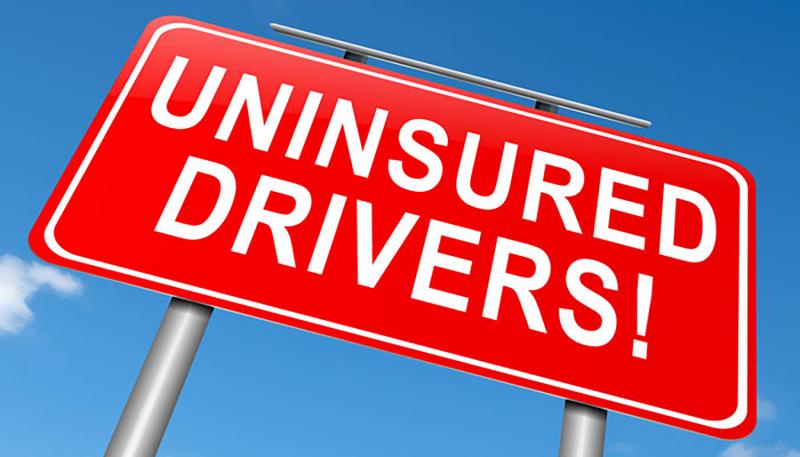
Complimentary Story
Underinsured motorist coverage is similar to uninsured motorist coverage with respect to it being portable. It, too, will follow you wherever you are, as long as you are involved in an accident with an underinsured motor vehicle.Most insurance policies in Wisconsin define an underinsured motor vehicle as a motor vehicle with liability limits less than the limit you select for your underinsured coverage. This is an important point. Underinsured motorist coverage may seem to imply that it will pay benefits if the other driver does not have sufficient insurance to fully compensate you for injury. This is not the case. Underinsured motorist coverage will only provide benefits if the other driver’s liability limits are less than the underinsured limits you select on your policy. In other words, if you select $100,000 underinsured motorist limits and the other driver has $50,000 limits, you would have underinsured motorist coverage. However, if you select $100,000 of underinsured motorist coverage and the other driver has $250,000 of coverage, you would have no underinsured motorist coverage. Your $100,000 of coverage is not stacked on top of the other driver’s $250,000.
It would seem that if the insurance industry was interested in honestly representing what they were providing, one would expect that underinsured motorist coverage would provide coverage for the amount you purchase over and above the other driver’s limits regardless of the amounts. In other words, one would expect that underinsured coverage would provide you with an additional $100,000 of coverage over the other driver’s limits, regardless of what those limits are. One would expect that you would be able to stack your $100,000 underinsured limits on top of the other driver’s limits, regardless of what they are. You cannot.
Another surprising fact regarding underinsured motorist coverage is their reducing clauses. All underinsured motorist coverages in the state of Wisconsin are allowed to have a reducing clause. They all do. This clause means that your insurance company can reduce whatever you receive from the other driver’s insurance from the limits you purchase. In other words, if you had $100,000 of underinsured motorist coverage and the other driver has $50,000 of coverage, your insurance company can deduct the $50,000 from your $100,000 limits. If the other driver’s insurance pays you the $50,000 and you are still not fully compensated, you will only have an additional $50,000 on your underinsured motorist coverage. Your insurance company will reduce your $100,000 limits by the $50,000 you receive from the other driver.
Therefore, the law in Wisconsin allows an insurance company to pretend they are providing you with a certain amount of underinsured motorist coverage when the insurance company knows it will never have to pay that full amount. Because underinsured motorist coverage only comes into play when the other driver has some insurance, your limits will always be reduced by that amount.
Therefore, make certain you have significant underinsured motorist coverage. As indicated above, most drivers should have at least $500,000 of coverage. Again, it is very cheap.
The law with respect to uninsured and underinsured motorist coverage is somewhat complicated. Therefore, I would recommend that you take a look at your insurance policy and talk to your agent about these coverages. Make certain you understand what you have, and if you are not comfortable with it, increase your limits. A few dollars now can save you hundreds of thousands later.
Attorney Mike Bertling
McLario, Helm, Bertling & Spiegel, S.C.
www.mclario.com
N88 W16783 Main St.
Menomonee Falls, WI 53051-2890
Tel: (262) 251-4210



